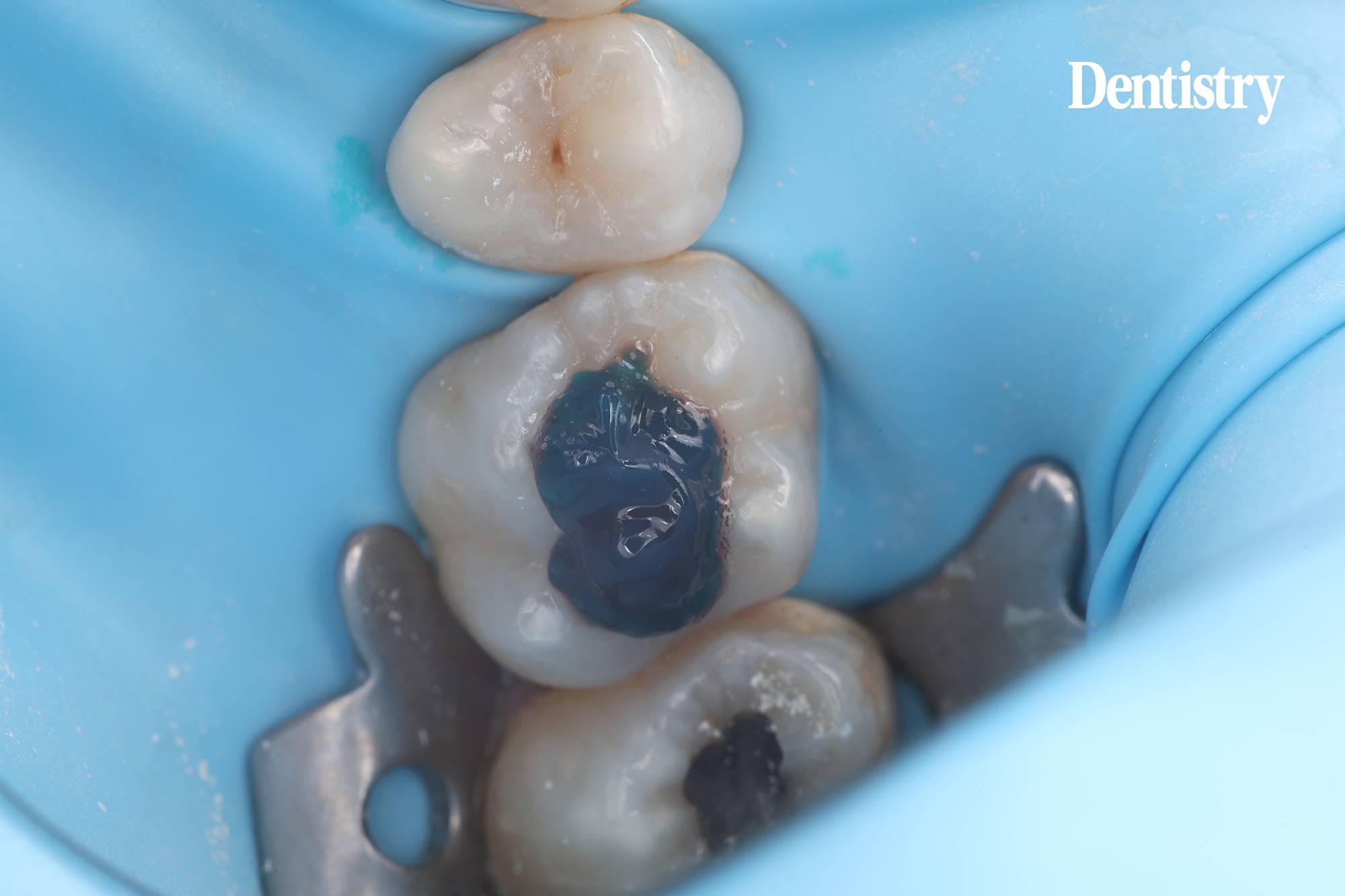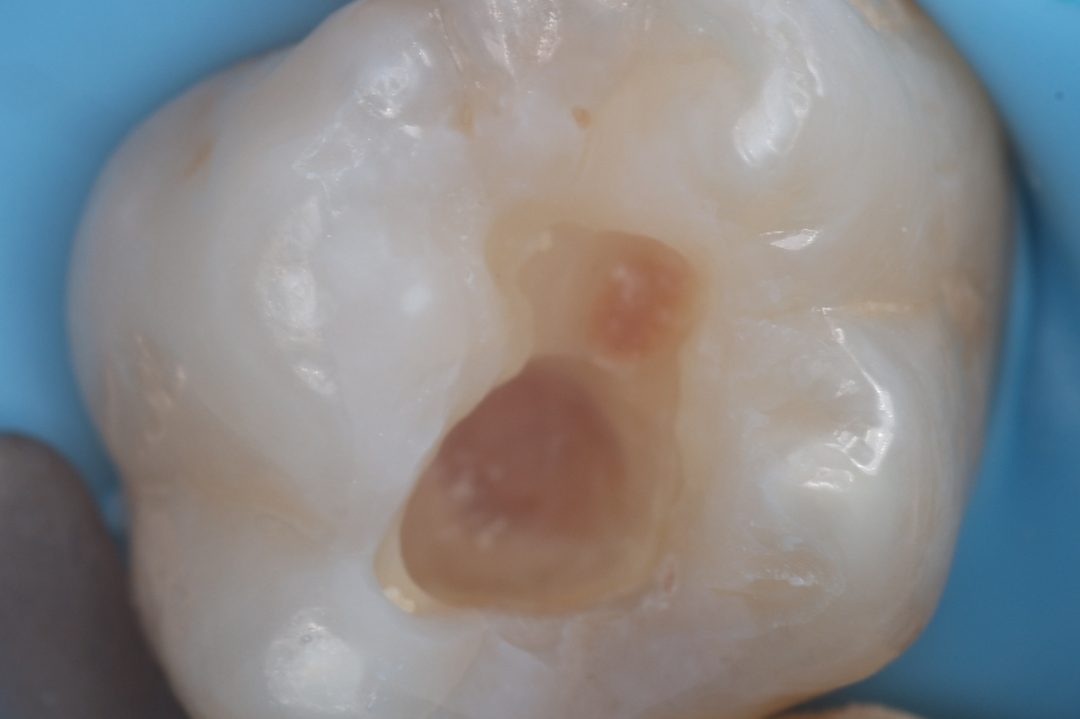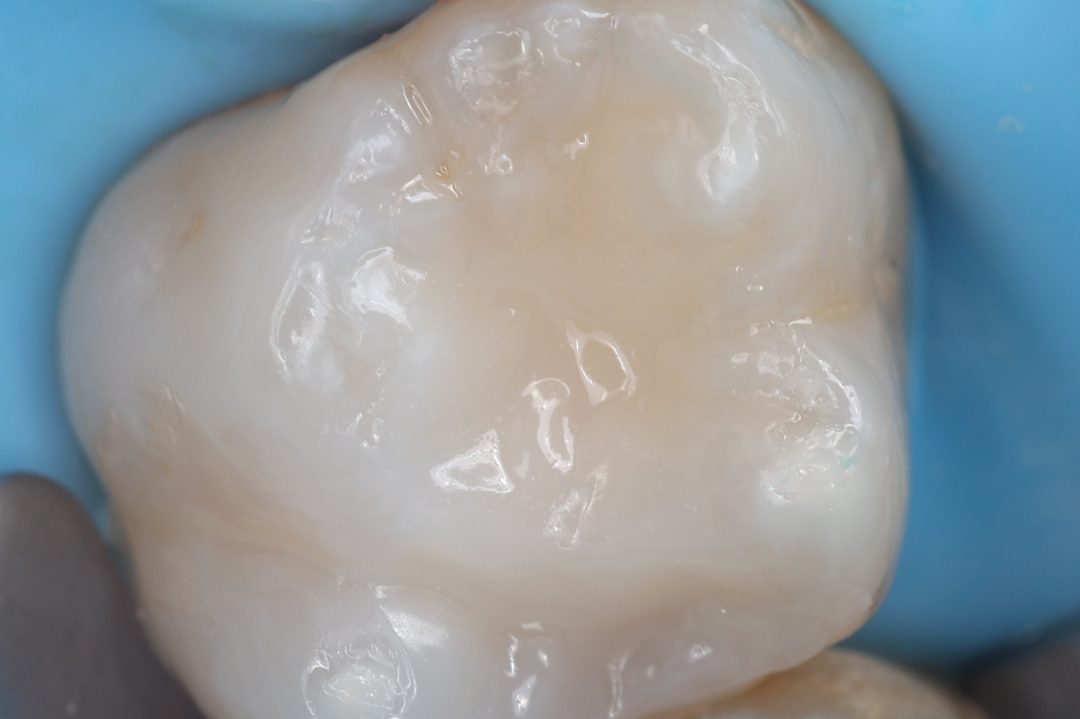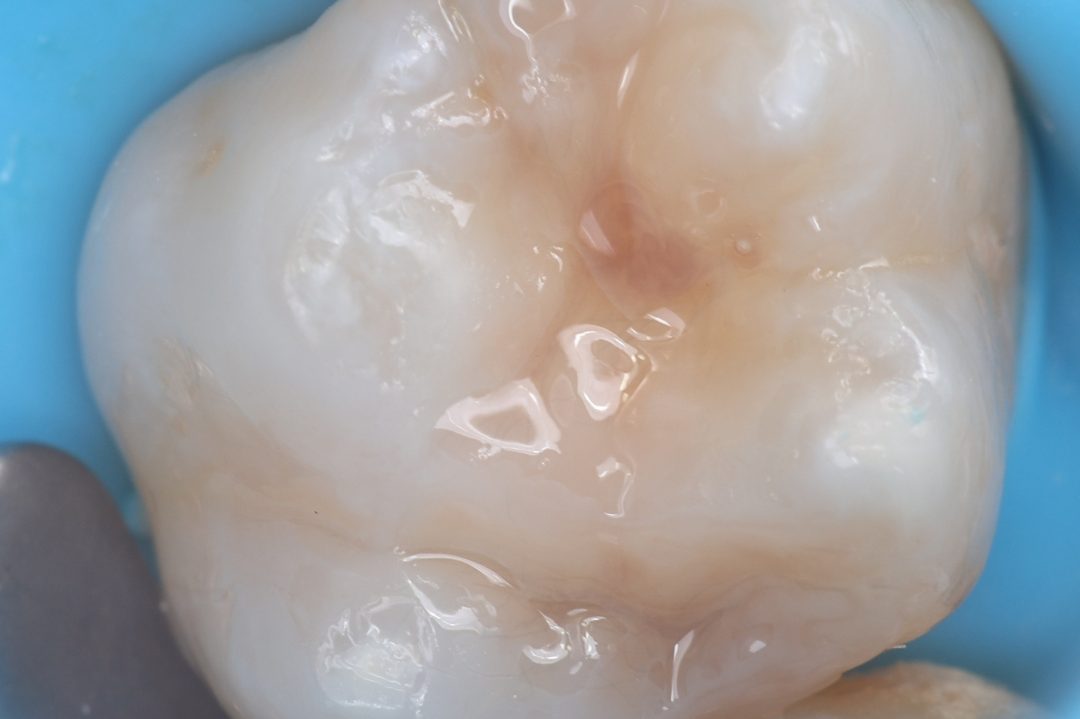
We hear why Dr Giovanni Martino uses the ‘Stamp Technique’ and why it results in durable, natural-looking fillings.
The demand for aesthetically pleasing dental restorations has escalated in an era dominated by social media and technological advancements. Patients now seek cosmetically superior dental fillings that seamlessly blend with their natural teeth whilst providing the necessary functionality.
Direct composite restorations utilising the incremental technique effectively will meet these expectations but can pose challenges. They are time-consuming and technique-sensitive, and outcomes are often unpredictable.
This traditional approach requires meticulous hand dexterity and often results in difficulties managing occlusion post-application. There may be occlusal readjustments once the rubber dam is removed, which can lead to discomfort and dissatisfaction for the patient in both the short and long terms.
Polymerisation shrinkage, a characteristic trait of composite materials, also poses a significant obstacle during placement.
The contraction of composite resin during the curing process leads to stress build-up, potentially resulting in marginal leakage, microleakage and recurrent caries, should there be any.
Additionally, achieving an impeccable occlusal and cusp-fossa relationship demands a high skill level from dental operators, contributing to increased chairside time and intricacies in achieving optimal contours.
Efficacy and longevity
Moreover, despite efforts to refine surface finishes with abrasives, the smoothness obtained often falls short of expectations set by restorations placed under matrices.
Matrices aid in shaping proximal surfaces but lack applicability to occlusal surfaces, leading to the risk of uneven restorations.
These challenges impede the efficacy and longevity of direct composite restorations, warranting a re-evaluation of techniques and methodologies.
Dental decay, or caries, is a multifaceted affliction that corrodes a tooth’s inorganic and organic components. This chronic ailment traces its roots back to cariogenic bacteria, which generate acidic by-products through their metabolic activity on dietary sugars. Over time, these acids initiate a process of demineralisation, progressively eroding the tooth structure.
The causative agents of dental decay, primarily Streptococcus mutans and Lactobacillus species, thrive on fermentable carbohydrates in our diets. Their action creates an acidic environment within dental plaque, paving the way for enamel demineralisation and eventual cavity formation.
Efforts to combat dental decay and improve direct restoration techniques necessitate a comprehensive understanding of the disease’s aetiology and restoration intricacies.
Addressing the limitations inherent in direct composite restorations demands innovative approaches prioritising functional integrity and aesthetic outcomes.
Unparalleled accuracy
Enter the ‘Stamp Technique’ for posterior composite restorations. This is a method designed to replicate occlusal anatomy with unparalleled accuracy.
It presents a promising solution for achieving near-perfect duplication of tooth anatomy – whether working on a virgin tooth or one that has undergone previous restorations. Its application also extends to cases where the occlusal surface is affected by cavities, warranting an indirect approach for restoration.
The Stamp Technique, when executed proficiently, significantly aids dental practitioners. It ensures the creation of durable, natural-looking fillings and streamlines the restoration process – meeting the evolving demands of modern-day dentistry and offering patients the expected outcomes.
Proposed by Dr Giovanni Martino, a dental practitioner based in Bristol, the Stamp Technique offers precise occlusal replication for direct composite resin restorations.
This method involves creating an index that mirrors the unprepared tooth’s anatomy, subsequently used to press the final composite increment before curing.
The technique is suitable for intact occlusal surfaces in Class I and Class II preparations, utilising matrices for proximal lesions and wax blocking for cavitated lesions. This approach ensures accurate reproduction of original occlusal anatomy, minimal finishing, and optimal polymerisation, employing light-cured composite, acrylic resin, and silicone moulds.
In this case study below, direct composite restorations using the Stamp Technique were executed using putty.
Case study
The case involved a 29-year-old female with decay in the Class 1 region of the upper right tooth number 6. Following clinical and radiographic diagnosis, the tooth was isolated with a rubber dam for moisture control. An impression of the tooth surface was obtained using putty, a technique employed to ensure precision and reliability.
Dr Giovanni Martino emphasised the significance of this method, which involves capturing impressions of adjacent teeth as reference points for insertion, enhancing the accuracy of the procedure.
He explained: ‘After removing the decay using fast and slow handpieces, the cavity was disinfected using high-concentration chlorhexidine gel for 30 seconds.
‘The application followed the VOCO protocol for adhesive dentistry, which involved etching the enamel with 37% orthophosphoric acid for 15 seconds, selective bonding using disposable blisters, air blowing to remove excess bond, and light curing for 20 seconds.
‘The application of composite stratification played a crucial role in reducing micro-shrinkage and post-operative sensitivity. In this particular case, the selected composite is VOCO Admira Fusion 5, A1 shade. The final millimetre of composite, heated at 60 degrees, was applied gently to the cavity’s surface. The pressure was delicately applied to the tooth using the putty key, after which the excess composite was removed. A subsequent light cure of 20 seconds was performed, followed by polishing.’
The VOCO-coloured composites FINALTOUCH to add extra anatomical characteristics to the tooth, providing the finishing aesthetic touches to the completed restoration.
Interested?
Click here to arrange a visit from your local sales rep!
References available on request.

Dr Giovanni Martino is an associate dentist at Somerford House Dental Clinic and Sleep Lane Dental clinic. He graduated in 2017 with a diploma in dentistry from the University of L’Aquila. He has a special interest in orthodontics and restorative dentistry, which he has perfected throughout his extensive training.








